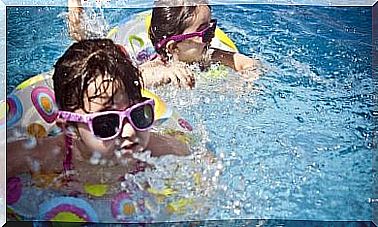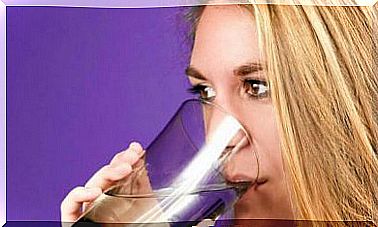4 Breathing Techniques In Childbirth
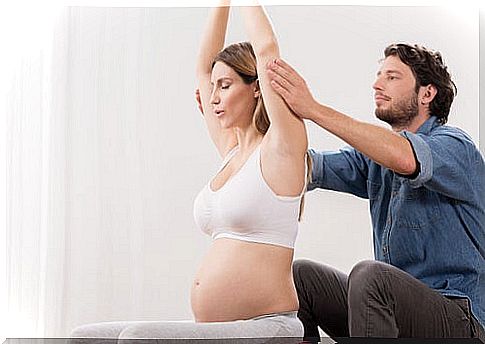
From the moment of labor begins, breathing is essential to cope with the process until the baby is born. Breathing techniques in childbirth not only help the mother at work, but also benefit the baby’s oxygenation.
Among its benefits, breathing in childbirth activates the circulatory system. In addition, it keeps the muscles firm during its execution, increases cardiorespiratory activity and helps the mother to control pain and recharges her energies.
The way to breathe in childbirth
Some specialists maintain that breathing is a spontaneous process that the mother acquires during childbirth. However, there are four basic techniques that are taught in maternity courses.
To be effective, labor breathing techniques must maintain a breathing pattern. Hence, the father or assistants accompany the mother in her breathing process. The best way to follow the breathing pattern is to watch the person while applying the technique. In this way, following the pattern with another person helps the mother not to lose focus.
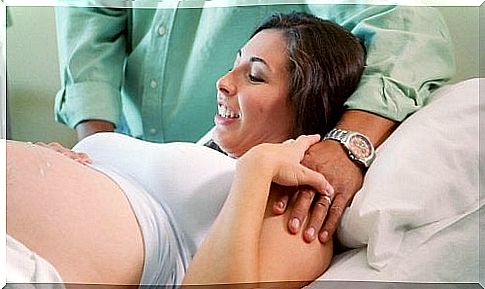
On the contrary, the loss of breath control during the birthing process creates stress and anxiety in the mother. Lack of control thus leads to panic breathing. Very short, uncontrolled breaths that can cause hyperventilation and fainting.
Breathing techniques in labor
Breathing techniques in labor set the tone during this important time. In addition, they help to contain the energy necessary for the moment of birth.
Slow or Abdominal Breathing
When contractions start, Slow or Abdominal Breathing is applied. This is r onduct deep breaths through the nose while the abdomen swells. Then the air must be expelled through the mouth. The exhalation should be longer than the inhalation and a pause of several seconds should be paused between one breath and another.
Your goal is to keep up with the contraction and control pain.
Light Accelerated Breathing
As the contractions progress, it is normal for breathing to speed up. Some specialists call this Light Accelerated Breathing. They are slightly shorter inhalations but they maintain the nose-mouth pattern.
A small amount of air is taken in through the nose at the moment of initiating the contraction and then expelled through the mouth at the end of the contraction. It can be exhaled in a single time or in four doses. If the contractions increase, the breaths are made at the level of the thorax or chest. They are shorter breaths that increase the baby’s oxygen level and also help control pain.
The wheezing or breathing Variable
It is applied while waiting for the necessary degree of dilation and helps to avoid the feeling of pushing.
It consists of very short breaths through the nose and mouth. It is also known as “Ji Ju” or “Gasp-Gasp-Puff”. Air is taken through the nose at the beginning of the contraction and two short exhalations are made pronouncing the syllable “Ji” in each one, followed by a long exhalation prolonging the syllable “Ju”.
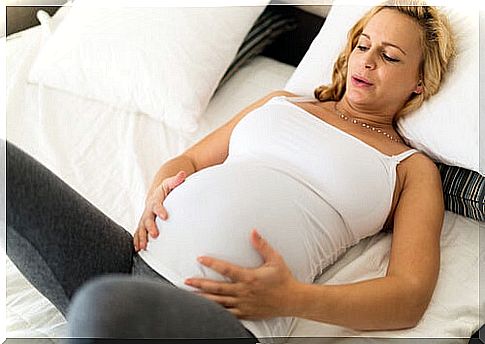
This technique should be applied in a comfortable posture for the mother, to avoid hyperventilation. The chin should also be kept elevated, blowing forward, to avoid pushing.
The Expulsion or Push Breath
It is the last of the breathing techniques in childbirth. At this point, the mother is ready to deliver her baby.
Take a great breath of air to fill your lungs. The moment you feel the need to push, you should lean the pile toward your chest. Later, the legs are raised and they push themselves, letting the air out little by little. Lastly, you breathe in and out naturally to catch your breath. This can be repeated up to 3 times to recharge energy for the next push.
During the push, the mother should try to relax her pelvis. This will aid in the expulsion of the baby. It is important to avoid holding your breath when pushing, because it can damage the pelvic floor and inhibit oxygen to the unborn baby.
It is advisable to practice breathing techniques in labor prior to the date of birth. Similarly , it is advisable to apply relaxation breathing patterns during pregnancy. Standing in front of the mirror and practicing these techniques will help you stay focused, take care of the pattern and be aware of the breathing you are taking.






